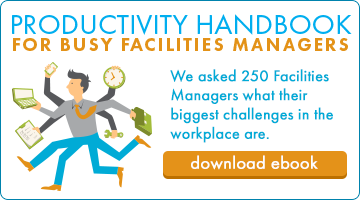Tips on Improving Your Productivity While Working From Home


The home office worker is an employee group on the rise. In fact, it was recently reported that ”one in five Americans work from home.” And this number is on the rise. Current technology has made this business model more of a reality than previously seen, with more employers realizing the many benefits that accompany this move. But, some employees may have difficulty adjusting to life outside the cubicle. Here are some essential tips for helping workers make the most of their new location.
Plan, Plan, Plan
Before anyone decides to embark on a new path, proper planning is key. The home office model is no  different and time management is a concern in any setting. When considering the working conditions of the home office, be sure to plan for the days, weeks and months, with considerable detail. Although none is advocating literally counting the minutes, there should be a fairly firm structure for how work will progress in all three timeframes. A day plan may have, for example, scheduled time for communication with the home office and other colleagues, breaks for refreshment and unforeseen errands/tasks, as well as the actual work time. Weeks may be more focused on progress monitoring and months for deadlines and whole project schedules.
different and time management is a concern in any setting. When considering the working conditions of the home office, be sure to plan for the days, weeks and months, with considerable detail. Although none is advocating literally counting the minutes, there should be a fairly firm structure for how work will progress in all three timeframes. A day plan may have, for example, scheduled time for communication with the home office and other colleagues, breaks for refreshment and unforeseen errands/tasks, as well as the actual work time. Weeks may be more focused on progress monitoring and months for deadlines and whole project schedules.
And, once these schedules are in place, it is critical to follow these schedules. Making concessions for time will lead to missed deadlines and lowered productivity.
Modern Distractions
When you are taking time to communicate, make sure it is direct and meaningful. Posting your current status on Facebook is not likely conducive to your workload. Make connections related to the tasks at hand and save the personal talk for your off hours. We are often so enamored with the gadgets at hand that we take for granted the power these tools possess for easing our workloads. Don’t find yourself having to play catch up due to poor time management.
Break Time
When you do have a chance to take a break, though, don’t shirk this option. Breaks, while at work, have been shown to be highly effective at increasing an employee’s mental and physical well-being, leaving them “happier, more focused and more productive.” Remember the daily schedule? The breaks can be somewhat flexible on time but should, nonetheless, be included daily.
Realistic Workloads
Another key aspect of scheduling your time is understanding your limitations. Just because you want to be a superstar at your job doesn’t mean you have to grab every opportunity thrown your way. If you overload yourself with too much work, you will undermine your other methods of increasing productivity and, most likely, produce under-performing results. Use you scheduling strategies to help you examine what is possible, where your strengths are and what amount of work you will continue to produce at a high level. Once you establish a solid method for scheduling and working, you can expand and take hold of those now obtainable opportunities.
The home office model is an excellent option for many employees and can be fine tuned to become a slick machine. Still, the bottom line is the level of productivity and quality of the work produced. Any design on working from home should be scrutinized before implementation, but once a solid plan is in place, the work will speak for itself.

